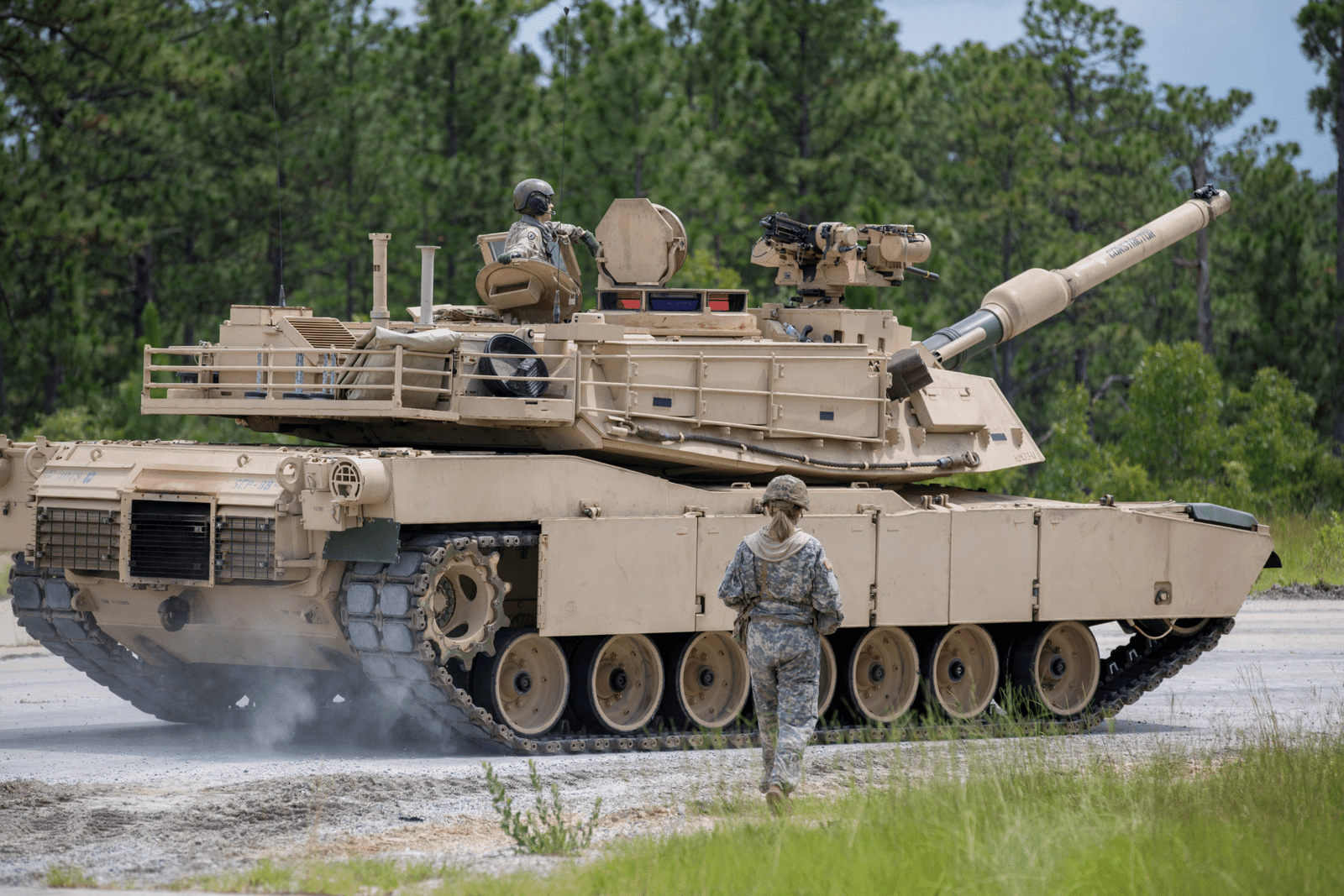
The U.S. Army has made one of its most radical shifts in armored warfare strategy in decades—abandoning the scheduled M1A2 SEPv4 upgrade and seeking instead a completely new variant, the M1E3 Abrams. Years of piling upgrades upon the ancient Abrams platform had finally reached its limit, military leaders concluded, so the next step had to be a clean-sheet redesign to address the needs of future battlefields.

This shift wasn’t sudden. Army Under Secretary Gabe Camarillo said the money being redirected from the cancelled SEPv4 will be used to create the M1E3, looking ahead to threats as far out as 2040 and beyond. “It’s threat-based,” he said, citing lessons learned from recent wars such as the one in Ukraine, where lighter, more mobile tanks with integrated active protection systems have become a priority. Survivability, mobility, and lower logistical requirements are now the priorities.

The Ukraine war has been a reality check for tank designers. Swarms of drones, loitering ammunition, and new anti-tank weapons have proven that the hardest armor can be defeated. With successive upgrades, the Abrams has become heavier over the years—a balance between protection and mobility becoming more difficult to achieve. As Maj. Gen. Glenn Dean, the Army’s program executive officer for ground combat systems, expressed it: “The Abrams can’t keep growing without putting on weight, and we need to make its logistical footprint smaller.”

The M1E3’s design will confront these problems head-on. Rather than retrofitting additional armor and systems onto an aging hull, the new tank will build these functions in from the beginning. A modular open-systems architecture will facilitate easier and less disruptive upgrades in the future, allowing the tank to keep pace with emerging threats and technology. Brig. Gen. Geoffrey Norman framed the objective as maximizing the Abrams’ “mobility and survivability” so it can be “the apex predator on future battlefields.

Most of the SEPv4’s intended upgrades—such as new sensors and targeting systems—will migrate to the M1E3, but the new vehicle will be much more versatile during its operational lifetime. Concept cars like the General Dynamics Land Systems’ AbramsX have influenced what the Army envisions. AbramsX possesses a hybrid power system that is capable of reducing fuel consumption by half with the same range, AI capabilities, reduced crew, and possible manned-unmanned teaming. Its hybrid-electric propulsion also allows for “silent watch” and brief moments of silent mobility—perfect for covert operations.

America is not alone in redesigning the main battle tank. Britain is creating the Challenger 3, France and Germany are working on the MGCS, and Russia and China are pushing ahead with their designs. If the American advantage will be found elsewhere, it may be in modularity and rapid upgradability—a realization that future conflict will progress too quickly for fixed designs.

While the M1E3 is not yet ready, the Army will just keep on producing the M1A2 SEPv3 at a reduced rate. In the early 2030s, the first operational M1E3s will arrive, and these will be designed to engage threats at longer ranges with greater killing power. The “E” in M1E3 indicates a significant engineering change, tying the legacy Abrams to the future of armored warfare.

This isn’t a replacement for tanks—it’s a declaration of the Army’s vision for the future. By placing adaptability, integrated defense, and cutting-edge propulsion on equal footing with brute firepower, the M1E3 will make certain that America’s tanks can not only dominate battles today, but tomorrow as well.
More related images you may be interested in:








